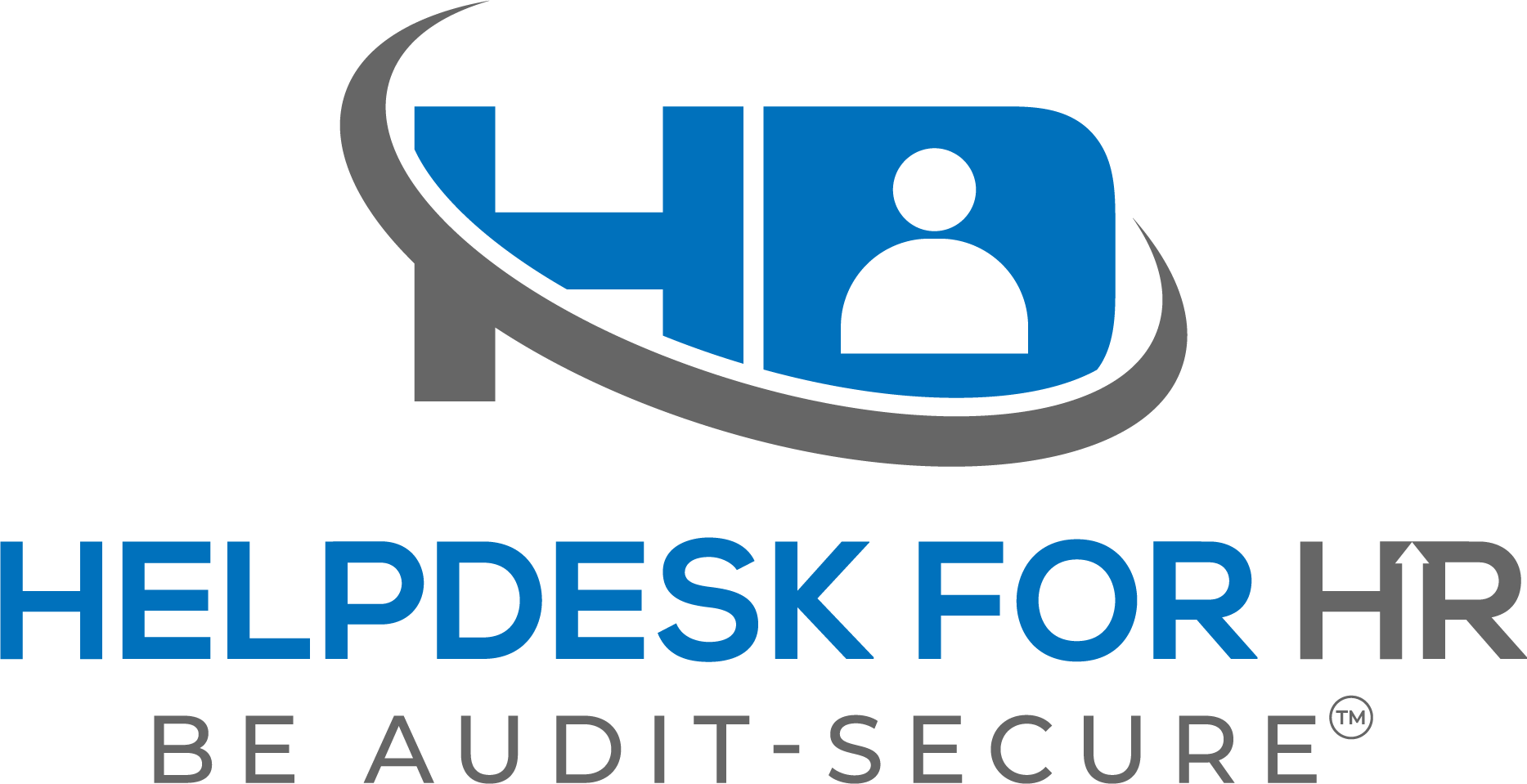Hey Compliance Warriors,
In today’s globalized and diverse professional landscape, individuals often engage in code-switching to adapt their language, tone, and communication style to suit different contexts. While code-switching can be a valuable tool, it may also contribute to feelings of inauthenticity and alienation for some employees. A comprehensive Diversity, Equity, and Inclusion (DEI) program can help limit the need for code-switching, fostering a more authentic and inclusive workplace for all. In this blog post, we will explore code-switching in the workplace and discuss how DEI programs can reduce the need for this linguistic adaptation.
Understanding Code-Switching in the Workplace
Code-switching is the practice of shifting between languages, dialects, or communication styles in response to varying social contexts. In professional settings, code-switching often occurs as employees adjust their communication style to align with the expectations and norms of their workplace. This can involve modifying one’s language, accent, or tone to fit in with colleagues, superiors, or clients.
While code-switching can serve as a valuable communication tool, it may also lead to feelings of inauthenticity or disconnection for some individuals. This is particularly true for employees from underrepresented or marginalized backgrounds, who may feel compelled to suppress aspects of their identity to conform to workplace norms.
DEI Programs: Reducing the Need for Code-Switching
A well-designed DEI program can help address the challenges associated with code-switching by fostering a more inclusive work environment where all employees feel comfortable expressing themselves authentically. Some key aspects of a DEI program that can reduce the need for code-switching include:
- Raising awareness: Educate employees about code-switching and its potential impact on individuals and workplace culture. By promoting understanding and empathy, a DEI program can help create an environment where employees are more accepting of diverse communication styles and identities.
- Encouraging authentic expression: Encourage employees to bring their whole selves to work, including their unique communication styles, perspectives, and experiences. By creating a culture that values authenticity, DEI programs can help reduce the pressure to code-switch and foster a more inclusive workplace.
- Supporting inclusive communication: Provide training and resources to help employees develop inclusive communication skills. This can include workshops on active listening, understanding different communication styles, and addressing unconscious bias. Empowering employees with these skills can help reduce the need for code-switching by creating a more inclusive and understanding work environment.
- Addressing biases and stereotypes: DEI programs should actively work to challenge and dismantle biases and stereotypes that contribute to the pressure to code-switch. This can involve reviewing internal policies, addressing microaggressions, and creating opportunities for open dialogue and discussion.
Code-switching is a common linguistic phenomenon in the workplace, but it can have unintended consequences for employees who feel pressured to suppress their true selves. By implementing a comprehensive DEI program that raises awareness, encourages authentic expression, supports inclusive communication, and addresses biases and stereotypes, organizations can create a more inclusive work environment where employees feel comfortable expressing themselves genuinely.
Reducing the need for code-switching can lead to numerous benefits for employees and organizations alike, including increased job satisfaction, improved workplace relationships, and higher levels of innovation and creativity. Ultimately, a robust DEI program can play a critical role in promoting a more inclusive and authentic workplace culture, where all employees feel valued and respected for who they are.
